The rain had been light but steady for the duration of my drive to Steamboat Springs, Colorado, from Boulder. Which I welcomed as it seemed to tamp down the smoke from the bevy of fires across the American west filling the skies during the days leading up to the trip. Located in the upper portion of the Yampa River Valley, Steamboat is the largest population center in Routt County and is just south of the Wyoming state line. I had been itching to see this corner of Colorado for some time, due in large part to the scarcity of conversation around it. Whether born and raised or transplants, most Colorado residents are happy to tell you about their preferred weekend jaunts. From the breathtaking Alp-esque peaks of the San Juans, to the thin and crisp air of Crested Butte, to the rustic beauty of Leadville, everyone seems to have their go-to spot when the weekend arrives.
Rarely does Steamboat come up in these conversations, but when it does, there appears to be an almost hushed reverence for this quiet expanse in the northwestern portion of “Colorful Colorado.” As my three-plus hour-long drive was nearing completion, I began to understand why this place was held in such high regard among those who have been here, few as they may be. While much of the state’s high peaks have a very stark beauty about them, the mountains that surround Steamboat appear to be much more lush and much less harsh. Bright green meadows and densely forested ridges replaced barren and craggy peaks, and the terrain seems to roll out like a wintergreen carpet over much broader mountains and hills. It was unlike any other part of Colorado that I had seen before, and wouldn’t you know it: the rain stopped just as I pulled into town. True story.
Steamboat Springs sits on a fault line generated 42 million years ago when the earth’s upward thrust formed the surrounding mountains. The area’s thermal waters originate in these faults at depths of 12,000 to 15,000 feet below the surface. There’s magic below, and there’s magic above, as the broad and modestly pitched slopes of the mountains that surround the town are home to some truly incredible riding. Steamboat is loaded with opportunities for riders of all stripes, from lift-served laps at Steamboat Bike Park to the “town trails” on Emerald Mountain, to larger scaled adventures between Rabbit Ears Pass and the trails we find ourselves on today at Buffalo Pass.
Buffalo Pass is a massive drainage between Soda and Buffalo mountains. Singletrack and gravel roads combine for nearly 90 miles of trail, and from top to bottom, riders can descend close to 4,000 vertical feet on singletrack alone. Aside from the Spring Creek trail, which descends from Dry Lake Campground to town, the trails increase in difficulty and technicality as you climb higher up the pass. While quite gnarly and rough in sections, Buffalo Pass Road is definitely driveable in a 4X4 and can be used as a shuttle road. The Grouse trail tends to attract a bit more notoriety, mainly due to features that appear to be of higher consequence than they are in reality, and the more consistent speeds with which you can ride it, but I decided to film on Bear Tree Ridge after reading more than one comment on Trailforks decrying the lack of flow available on it.
It’s a genuinely brilliant ride that drops riders 1,000 vertical feet for two miles. The trail initially begins with a series of flat corners before diving into the first of maybe a dozen or more Aspen groves. The dirt is pretty stellar early on, and the first half of the trail was almost certainly the fastest, save for the last 30 seconds or so of the ride. The second half of the trail is where things get really interesting, as the physicality and technical features become relentless. The key to finding flow over the last mile or so of BTR is to stay as light as possible on your wheels and to look through the corners and chicanes that are seemingly endless at times. Once down, your forearms will likely be cooked, and your rotors will be scorching, but you’ll probably have a smile on your face that will take a long, long time to wipe off.
Since my visit to Steamboat, I often think about the number of people who had yet to make it to this corner of the state when asked if they had ever been to Steamboat. I’m not exactly sure why Steamboat Springs isn’t more well known amongst others who call Colorado home, but I suppose that’s not really the important question to ask. I think instead, for me personally, it’s “why didn’t I come here sooner?” followed immediately by, “When can I come back?”

ADVOCACY
Routt County Riders (RCR) is a non-profit 501(c)(3) organization and International Mountain Bicycling Association (IMBA) Chapter club. RCR was formed in the early nineties as mountain biking made its way into the Yampa Valley. The original vibes were less staunch advocacy and more of a loose collection of volunteers and club riders. In the years that would follow, Steamboat would see increasing opportunities for trail building and development, which included a transfer of land from a private landowner to the city, where the Emerald Trails are found. RCR was heavily involved in the impetus for those trails to be built. Today, the Routt County Riders have a paid executive director position filled by Laraine Martin and have built strong partnerships with the city, the forest service, and the BLM. They’re currently working to connect Emerald Mountain, Buffalo Pass, and Rabbit Ears Pass, a ten-year initiative that will no doubt raise eyebrows across the state.
STAY
Hotels, motels, and Airbnb options are plentiful in the Yampa Valley, particularly in and around Steamboat Springs. As a resort town, there are a number of hotels along the base area of the bike park and plenty of others scattered across town.
Camping in the National Forest is a popular option, and there is quite a lot of it available. There are numerous options for established and dispersed camping along County Road 38 as it goes to the top of Buffalo Pass, including several spots near or along mountain bike trails. You can also find established campgrounds atop Rabbit Ears Pass, a prominent natural monument for the area.
TAKE NOTE
Steamboat Springs got its name when early trappers mistook noise from the geothermal hot springs in the area for a steamboat on the Yampa River. There are currently two primary hot springs you can check out for a relaxing soak, one right in the heart of town and the other, Strawberry Park Hot Springs, a short drive up the mountain. Old Town Hot Springs is a family-friendly facility built on a historic hot spring right in downtown Steamboat. Day passes are $25 and provide access to the hot springs, as well as a climbing gym and fitness center. Strawberry Park Hot Springs is close to the National Forest and is a bit more tranquil with fewer amenities. Reservations are required for Strawberry Park, and the day rate is $20, cash or checks only.

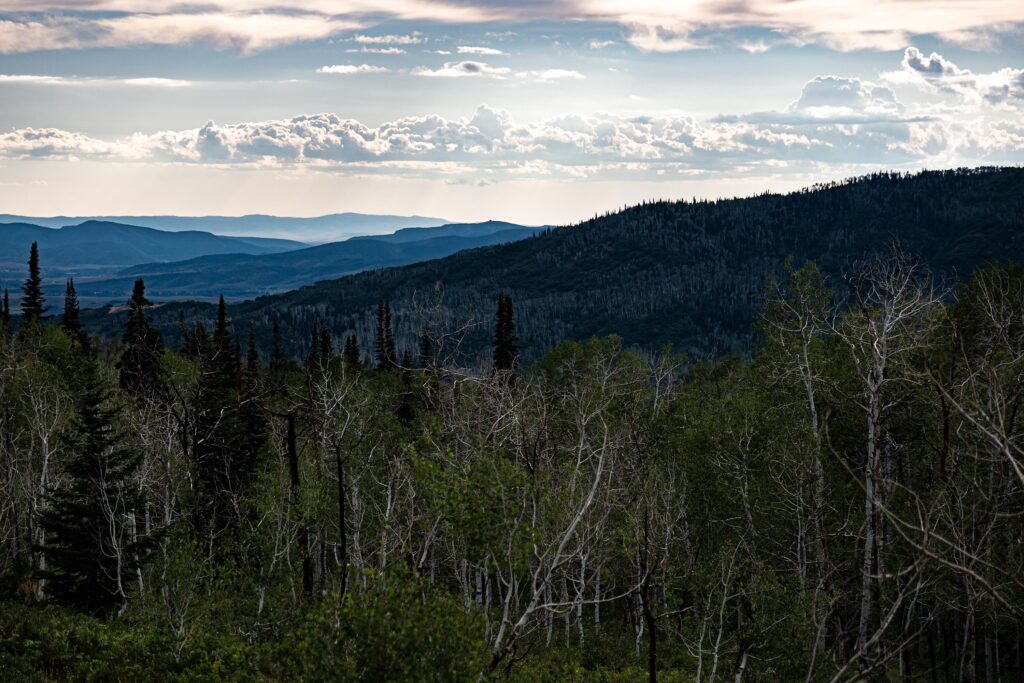









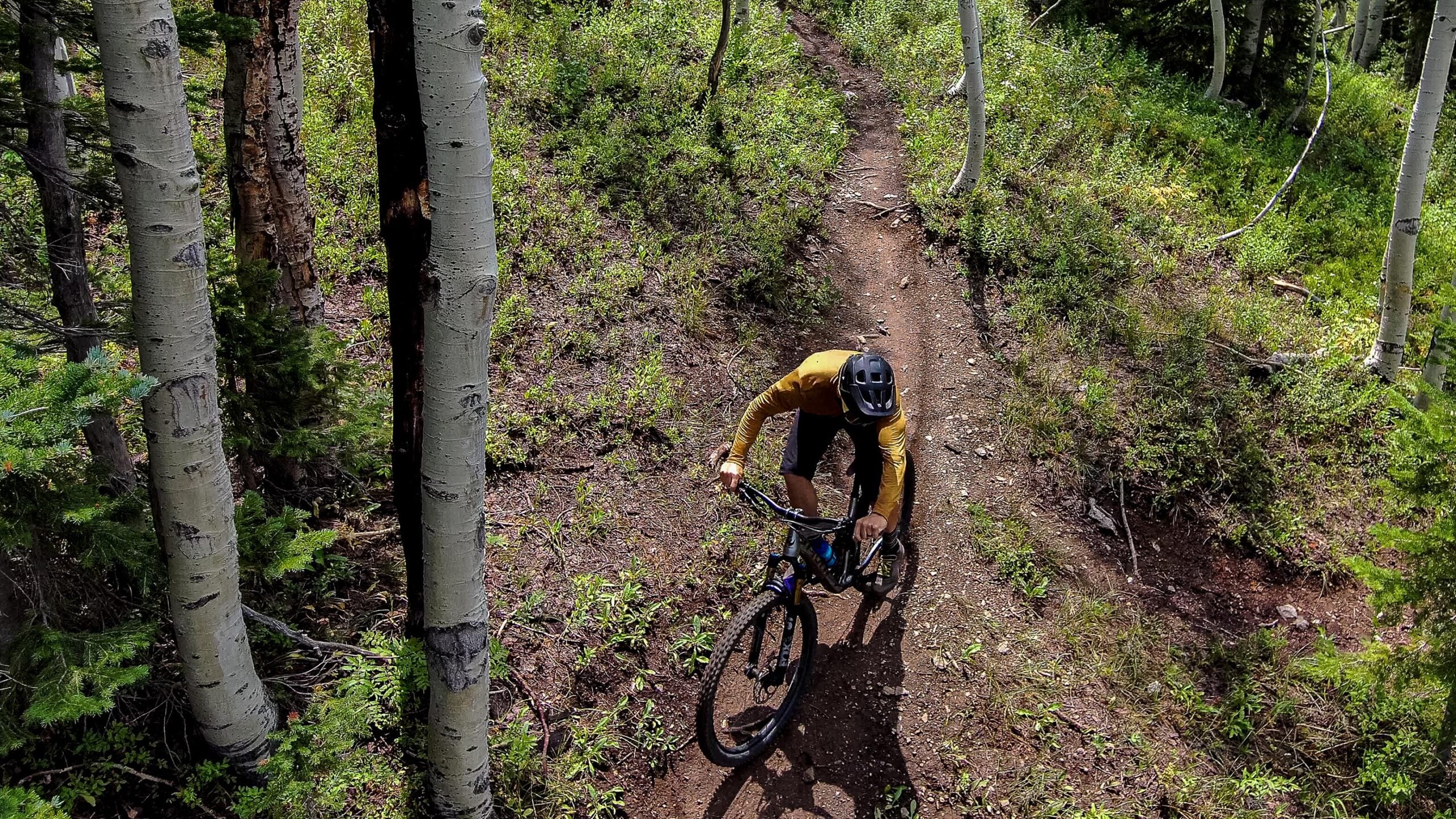
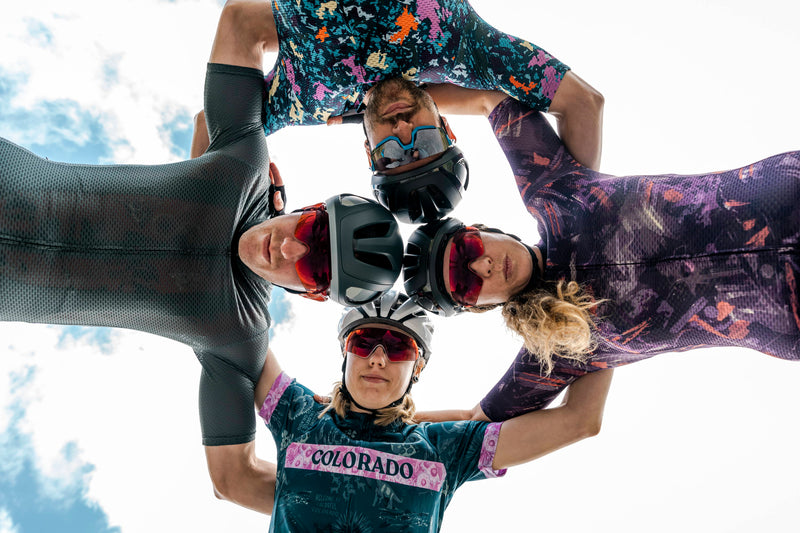
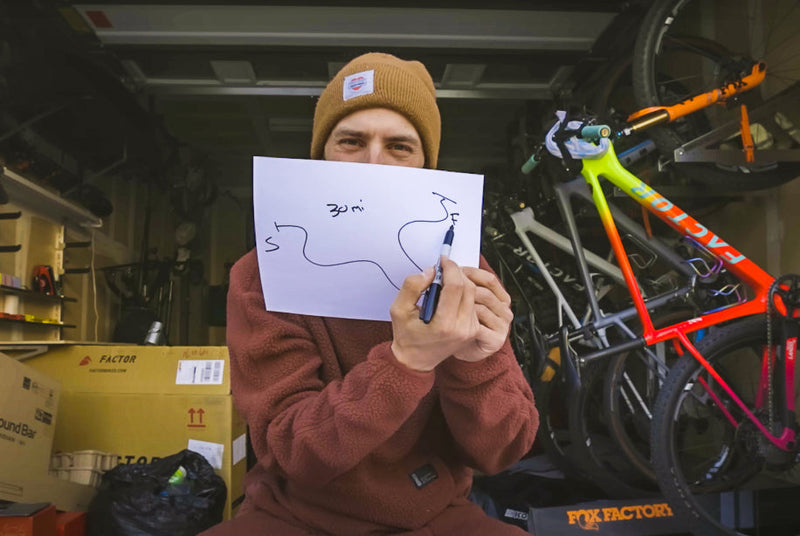
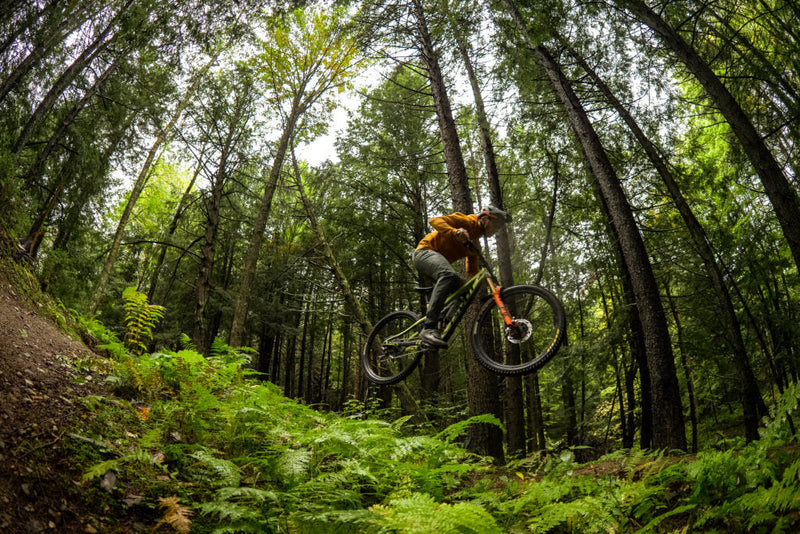

Comments